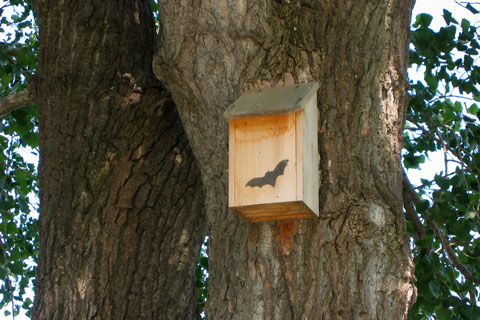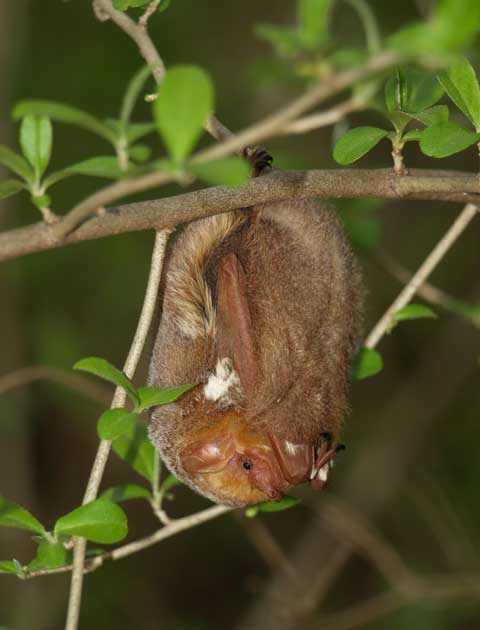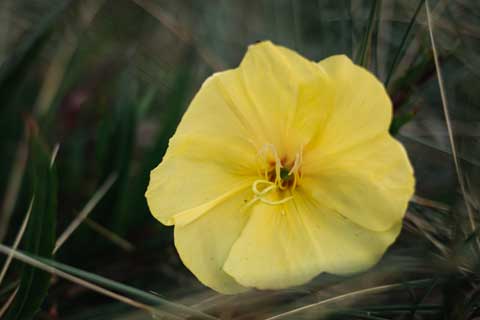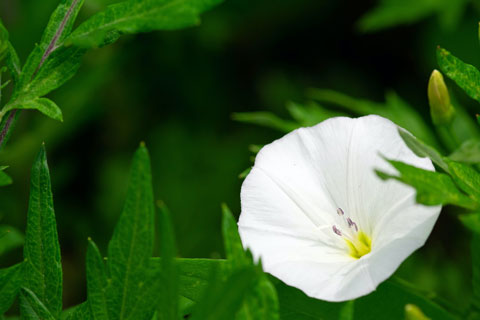Hard to enjoy those beautiful summer nights in the back yard with all those pesky mosquitoes and other night-time insects joining the party? There are chemical options, but they can’t be good for you or the backyard.
Bats can make all the difference! Did you know a single bat on average can hunt down 2-6 insects every minute? Try inviting bats to your backyard and see how they can help.
How to attract bats to your backyard

Find these bats in your backyard
The Little Brown Bat is a common species of bat that is found in Southern Ontario. These bats play an important role in pollination, although they are not as well-known for this as they are for their insect-eating abilities.
Little Brown Bats are known to visit flowers and feed on nectar, which can help to pollinate the plants. In addition, their guano (feces) can provide valuable nutrients for plants.


The Eastern Red Bat can indirectly support pollination by feeding on insects that are themselves pollinators. For example, moths and other nocturnal insects are known to be important pollinators of a variety of plant species, and bats that feed on these insects may inadvertently help to spread pollen from one flower to another while feeding. By consuming these insects, they help to control their populations and promote healthy ecosystems.
The Hoary Bat is a migratory bat species that is found in Southern Ontario. Hoary bats feed on a variety of insects, including moths, which are important pollinators for many plant species. By consuming these insects, hoary bats help to control their populations and prevent them from damaging crops or other vegetation. In addition, the hoary bat is an important predator of mosquitoes and other pests that can be a nuisance to humans and other animals.

Plant these flowers to attract and feed bats in your backyard

Common Evening Primrose is a plant that is known to attract nocturnal insects, which in turn can attract bats. The flowers of the evening primrose open at night and are typically yellow in color. They produce a sweet fragrance that is attractive to moths and other nocturnal insects, which visit the flowers to feed on nectar and pollen.
Asters are a group of plants that are known to attract a variety of insects, including nocturnal insects such as moths. By attracting large numbers of insects to their flowers, asters may increase the likelihood of bats visiting the area to feed on these insects.


Moonflower is a plant that is known to attract nocturnal insects, including moths, which in turn can attract bats. The flowers of the moonflower are white and fragrant, and they open at night to release their scent and attract nocturnal pollinators.
